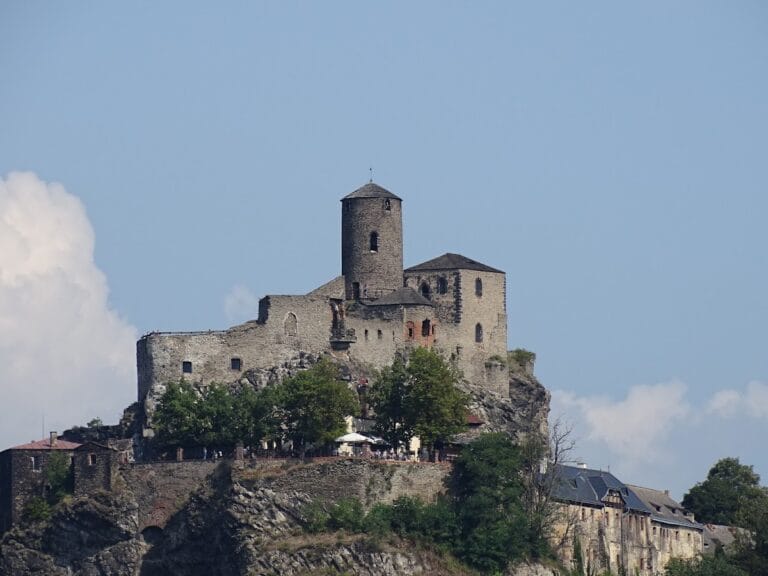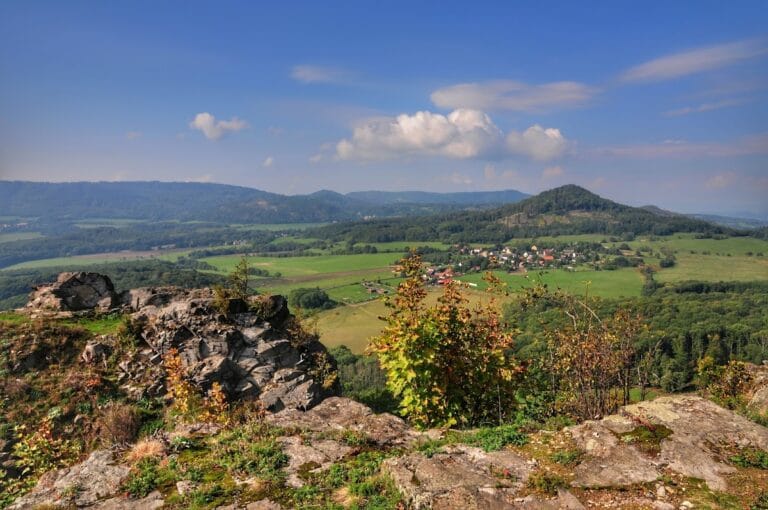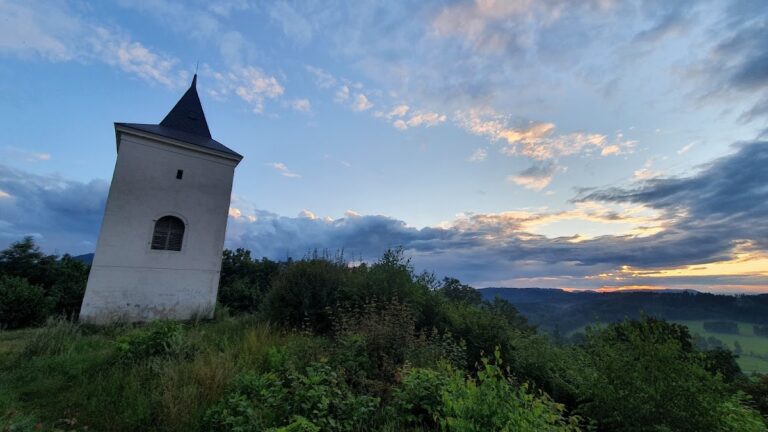Mojžíř Castle: A Medieval Fortress in Ústí nad Labem, Czechia
Visitor Information
Google Rating: 3.2
Popularity: Very Low
Google Maps: View on Google Maps
Country: Czechia
Civilization: Unclassified
Remains: Military
History
Mojžíř Castle is located above the district of Mojžíř in the municipality of Ústí nad Labem, Czechia. The fortress was constructed during the medieval period by local European builders, most likely in the latter half of the 13th century.
Archaeological findings indicate that the castle’s initial establishment and use took place in the late 1200s and continued into the early 14th century. Although records do not explicitly name the site, its association is generally fixed to this time frame, suggesting it played a role in regional defensive or administrative functions during the shifting political landscape of medieval Bohemia.
By the late 14th century, the nearby village of Mojžíř had become the center of an independent estate following the division of a larger domain. The Lords of Lungvic, a noble family documented in relation to the area, owned this village. The earliest known proprietor linked to the castle’s domain was Vygand of Lungvic, recorded in 1387.
The Lungvic family remained associated with the estate until the early 15th century. Děpolt of Lungvic is noted as the last known owner in 1401. Shortly thereafter, between 1401 and 1404, the estate passed to Václav of Vartenberk. After incorporating Mojžíř into the Blansko estate, Václav appears to have abandoned the castle, and it ceased to function as a residence or stronghold. From this point onward, it fell into ruin and gradually integrated into the surrounding landscape.
The castle’s German name, Wessenstein, which appears in some historical references, has sometimes been confused with another fortress near Dohna, complicating precise documentary identification. No inscriptions, chronicled events, or military occupations have been definitively connected to this site beyond the ownership transfers described.
Remains
The remains of Mojžíř Castle reveal an oval-shaped layout that was naturally defended on several sides. The eastern boundary was shielded by a curved moat, an artificial ditch likely filled with water or left as a dry defensive barrier, dating back to the original medieval construction phase.
At the heart of the site, the castle’s core rested on natural rock formations, utilizing the terrain as a strong foundation. This suggests that the castle builders took advantage of existing geological features rather than constructing extensive above-ground structures. Few masonry remnants survive, mainly fragments located in the eastern section of the core area, which attest to limited stone building captured in the ruins.
Other traces at the site include earthworks and terrain disturbances consistent with former fortifications. These subtle vestiges of walls and earth banks provide clues to the castle’s original shape and the small scale of its built environment. Some masonry fragments have been found near unauthorized dig sites, signifying occasional modern disturbances to the ruins.
Today, the castle remains accessible only by a path beginning near the village church of Saints Simon and Jude in Mojžíř. This trail leads from the paved area into a field path ascending Strážný hill, where the sites of the moat, rock outcrops, and wall segments lie on the slope. The surviving physical evidence primarily consists of these modest architectural vestiges and the natural defensive landscape that defined the fortress’s position.







